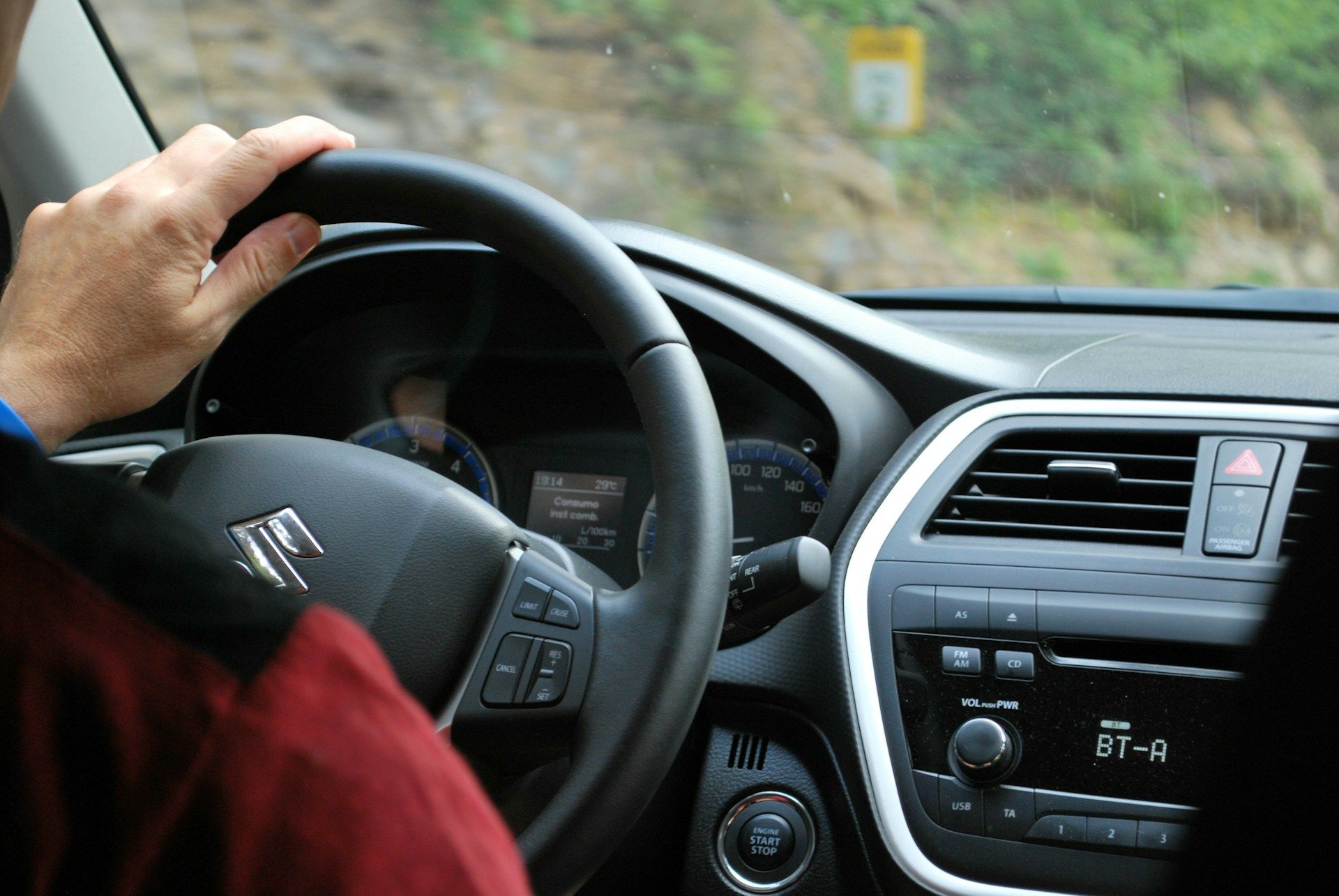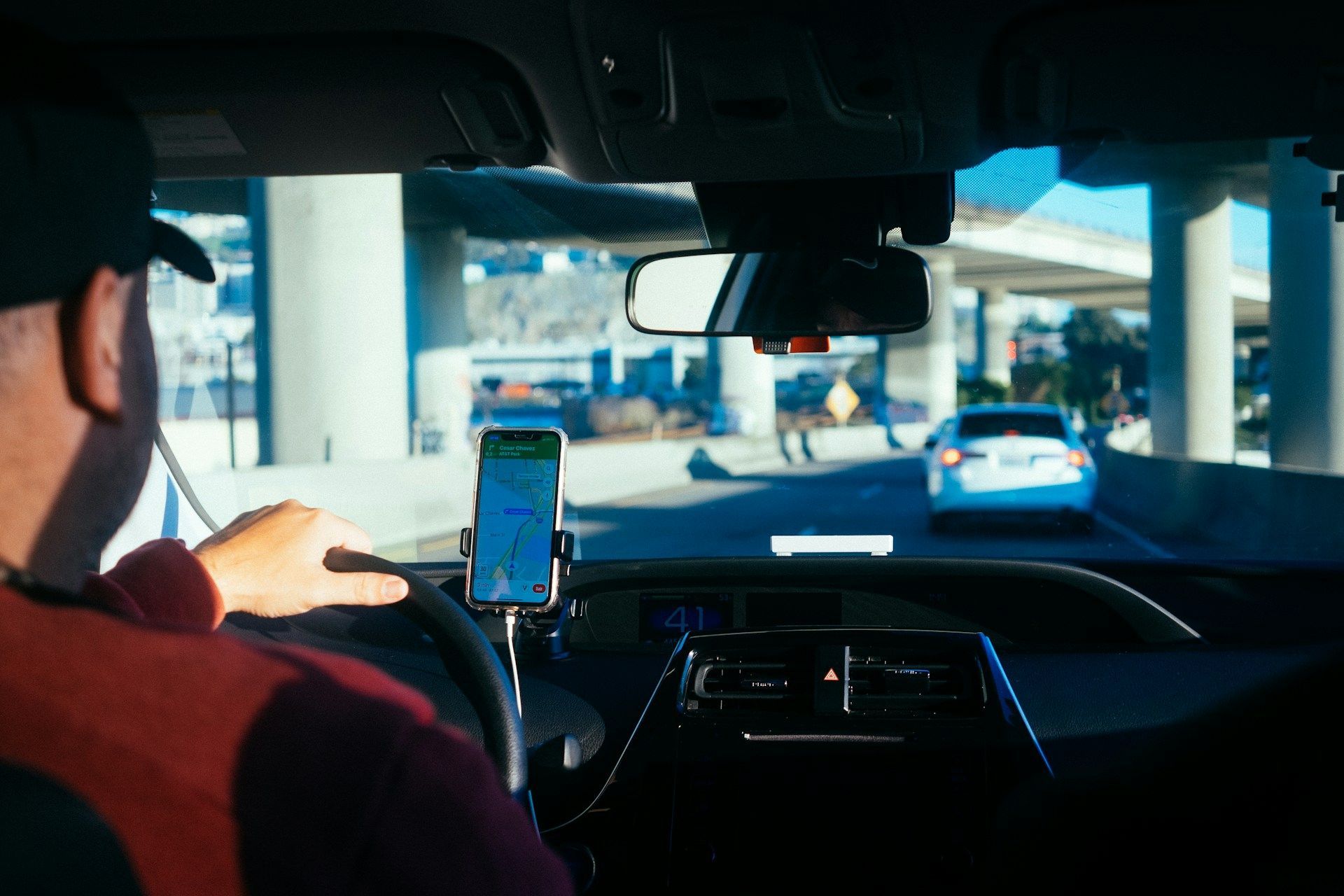Let's talk about your case
You can schedule a call with one of our lawyers anytime. Call today and get the help you need.
Or fill out our online form, and we will respond within 24 hrs.
What Happens If I Borrow a Friend's Car and Crash It: Have an Accident?
Borrowed a car and crashed it - car accident lawyers
Borrowing a friend’s car may seem like a simple and convenient solution for a quick trip or getting around town. But have you ever stopped to consider the legal and insurance implications of getting behind the wheel of someone else’s vehicle? A lack of understanding in this area could lead to serious consequences, from denied insurance claims to potential legal liabilities. One common question people have is, “what happens if I borrow a friend’s car and crash it?”
In this blog post, we’ll delve into the world of auto insurance and the responsibilities that come with borrowing a friend’s car, including answering the question “what happens if I borrow a friend’s car and crash it?” From understanding the different types of insurance coverage to knowing your obligations in the event of an accident, you’ll walk away better prepared to navigate the road ahead.
Key Takeaways
- Understand auto insurance coverage when borrowing a friend’s car to protect both parties from potential risks.
- Confirm the scope of your personal insurance and ensure you have valid driver’s license and permission before driving borrowed vehicle.
- Adhere to regulations regarding excluded drivers, uninsured driving, communication agreement, vehicle maintenance & safety checks for responsible car borrowing experience.
Understanding Auto Insurance Coverage When Borrowing a Friend's Car
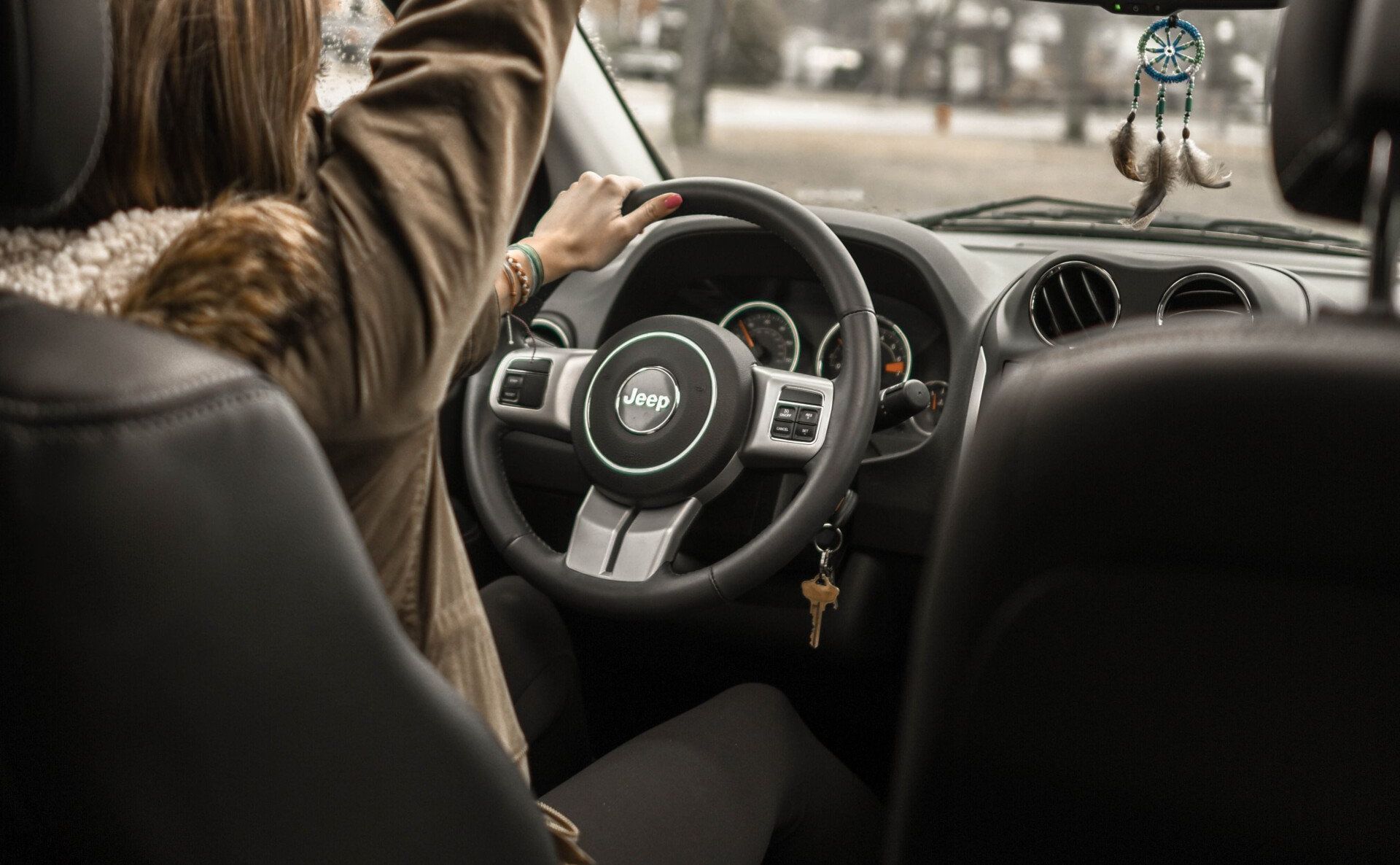
It may seem harmless to drive someone else’s car, but comprehending the complexities of auto insurance coverage is crucial when you borrow a friend’s vehicle. Failing to do so could leave you exposed to financial and legal risks in the event of an accident. There are two main types of coverage to consider: the car owner’s or someone else’s insurance policy and your own insurance coverage.
Becoming familiar with the insurance nuances when borrowing a friend’s car prepares you better to what insurance will cover safeguard yourself and your friend from possible complications. Let’s explore each type of coverage in more detail.
The car owner's insurance policy
One key aspect to remember about the car insurance policy is that it mostly covers the vehicle, not the driver. However, the policy may have limitations or exclusions, so it’s essential to be aware of these before driving a borrowed car. In most cases, the car owner’s insurance policy will cover the costs of an accident if the borrower has been granted explicit permission to drive the car.
Sometimes, the insurance company might reject a claim if the borrower isn’t listed as a driver on the car owner’s policy, or if the driver lacked the required insurance coverage or authority to even drive my car at the time of the accident. It’s vital for the car owner to ensure that anyone driving their vehicle is properly insured and authorized to avoid potential coverage denials.
The car owner should also take into account the driving abilities and driving record of the borrower before granting permission to drive their vehicle. This can help prevent accidents and protect the car owner from increased insurance premiums, as well as potential legal liabilities.
Your own insurance coverage

confirm the scope of your personal insurance coverage to make sure you’re adequately protected. In the event of an accident, having comprehensive auto insurance covers any resulting losses or damages, provided you have been granted explicit permission to use the vehicle. Remember to always consult with your insurance provider to confirm the specifics of your policy and its coverage for borrowed vehicles.
Responsibility in a Motor Vehicle Accident

If a motor vehicle accident occurs involving a borrowed car, both the borrower and the car owner could be held accountable for damages and liabilities. This shared responsibility can have significant financial and legal implications for both parties, which is why it’s crucial to understand your obligations when borrowing a family member or friend’s car.
To grasp the obligations of both the borrower and the car owner fully, we need to examine the specific responsibilities each may encounter in the event of an accident.
Borrower's responsibility
As the borrower, you may be held responsible for paying the deductible and any excess amount if an accident claim exceeds the car owner’s coverage. This can lead to substantial financial costs, especially if the damages are significant. To avoid these potential expenses, it’s critical to ensure that you have proper insurance coverage and authorization to drive the borrowed car.
Moreover, it’s essential to drive responsibly and adhere to any rules or restrictions set forth by the car owner. By doing so, you can minimize the risk of an accident and protect both yourself and the car owner from potential liabilities.
Car owner's responsibility
As the car owner, you may face increased insurance premiums and potential denial of claims if the borrower is not properly insured or authorized to drive your vehicle. It’s essential to verify that the borrower has a valid driver’s licence and your permission to drive your car before handing over the keys.
Furthermore, it’s important to consider the driving history and experience of the borrower before allowing them to drive your car. This can help you avoid potential liabilities and ensure that your vehicle is in safe hands. By being diligent about who you allow to drive your car, you can protect yourself from potential legal and financial repercussions.
Valid Driver's Licence and Permission

Driving a borrowed car involves more than just obtaining the car owner’s consent - it also requires a valid driver’s licence and explicit permission from the car owner. Failing to meet these requirements can lead to serious legal consequences and insurance denial, putting both the borrower and the car owner at risk.
We need to examine both the legal requirements for driving a borrowed car and the consequences of a person driving it without a valid licence or consent.
Legal requirements
In order to legally drive a borrowed car, you must possess a valid driver’s licence and obtain permission from the car owner. A valid driver’s licence is a legally authorized document issued by the government of a particular state or country, permitting an individual to operate a motor vehicle under certain circumstances. It’s crucial to check the laws and regulations of the specific jurisdiction in question to ascertain the legal definition of a valid driver’s licence.
Additionally, securing the car owner’s permission is paramount to validate the insurance coverage and safeguard you in the event of a motor vehicle accident. Remember that driving without a valid licence or permission can not only lead to legal ramifications but also leave you and the car owner exposed to financial risks.
Consequences of driving without a valid licence or permission
Driving without a valid licence or permission can have severe consequences, both legally and in terms of insurance coverage. In Ontario, for example, the penalty for driving without a valid licence received permission is a set fine of $260. There is no jail time, but it may have an effect on one’s future insurance.
In terms of insurance implications, driving without permission can result in the denial of an insurance claim, leaving the car owner liable for any damages or liabilities incurred. To avoid these potential issues, it’s crucial for both the car owner and the borrower to ensure that the borrower is adequately insured and authorized to operate the car.
Occasional vs. Regular Driving: Insurance Implications

Driving a borrowed car involves more than just obtaining the car owner’s consent - it also requires a valid driver’s licence and explicit permission from the car owner. Failing to meet these requirements can lead to serious legal consequences and insurance denial, putting both the borrower and the car owner at risk.
We need to examine both the legal requirements for driving a borrowed car and the consequences of a person driving it without a valid licence or consent.
Legal requirements
In order to legally drive a borrowed car, you must possess a valid driver’s licence and obtain permission from the car owner. A valid driver’s licence is a legally authorized document issued by the government of a particular state or country, permitting an individual to operate a motor vehicle under certain circumstances. It’s crucial to check the laws and regulations of the specific jurisdiction in question to ascertain the legal definition of a valid driver’s licence.
Additionally, securing the car owner’s permission is paramount to validate the insurance coverage and safeguard you in the event of a motor vehicle accident. Remember that driving without a valid licence or permission can not only lead to legal ramifications but also leave you and the car owner exposed to financial risks.
Consequences of driving without a valid licence or permission
Driving without a valid licence or permission can have severe consequences, both legally and in terms of insurance coverage. In Ontario, for example, the penalty for driving without a valid licence received permission is a set fine of $260. There is no jail time, but it may have an effect on one’s future insurance.
In terms of insurance implications, driving without permission can result in the denial of an insurance claim, leaving the car owner liable for any damages or liabilities incurred. To avoid these potential issues, it’s crucial for both the car owner and the borrower to ensure that the borrower is adequately insured and authorized to operate the car.
Occasional vs. Regular Driving: Insurance Implications
Insurance implications when driving a borrowed car can vary based on whether you use the car occasionally or on a regular basis. It’s important to understand these differences to ensure that you have the appropriate coverage in place and avoid potential insurance issues.
We will delve into the insurance implications for both occasional and regular use of a borrowed car, and the measures needed for each scenario.
Occasional driving
Occasional driving typically refers to borrowing a car with the owner’s permission for a one-off or infrequent use. In this case, the car owner’s insurance policy will generally cover the vehicle and any damage incurred during the occasional driving, provided the driver has been granted explicit permission to do so.
However, it’s important to verify your own insurance coverage before driving a borrowed car, as your personal auto insurance policy may provide additional coverage for occasional driving. Consult with your insurance provider to confirm the specifics of your own auto insurance policy and its coverage for borrowed vehicles.
Regular driving
On the other hand, if you drive a borrowed car regularly, you may need to be added to the car owner’s insurance policy as an either occasional driver or named driver to avoid coverage denial. This ensures that you are covered in the event of an accident or damage to the vehicle and protects both you and the car owner from potential liabilities.
It’s essential to consult with the car owner and their insurance provider to determine the precise requirements and implications of adding a regular driver to the existing policy amount. By doing so, you can ensure that you have the appropriate coverage in place and avoid potential insurance issues.
Excluded Drivers and Uninsured Driving
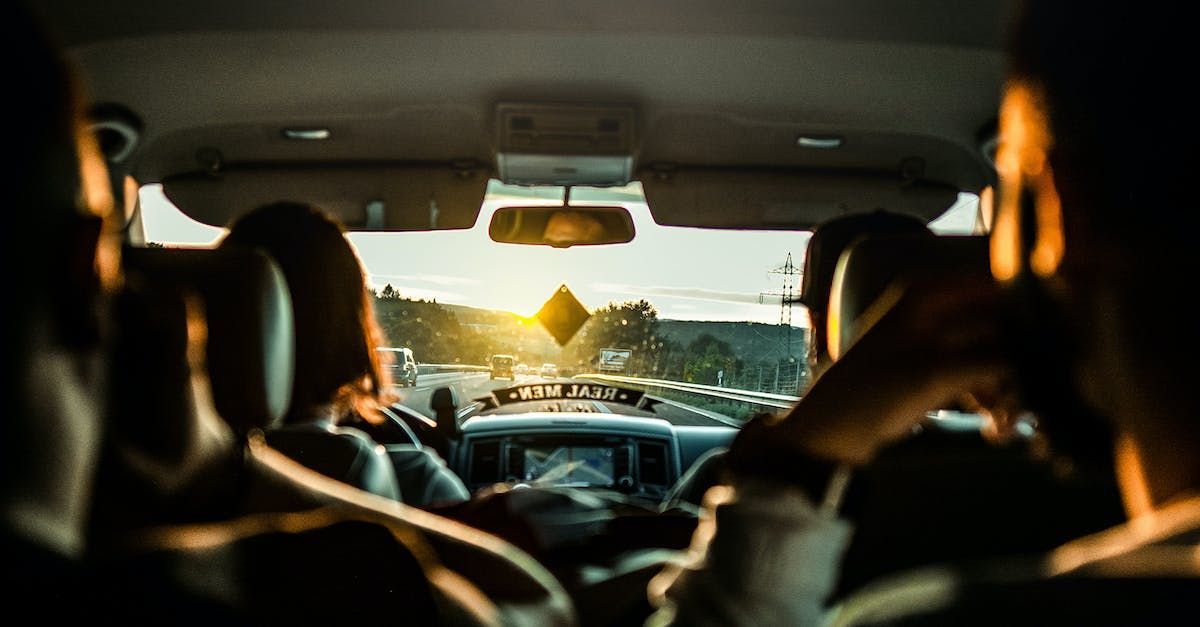
Both excluded drivers and uninsured driving present risks to the borrower as well as the car owner. Driving a borrowed car as an excluded driver or without insurance can lead to denied claims, fines, and potential criminal charges. In this section, we’ll explore the risks associated with excluded drivers and uninsured driving and how they can affect both parties involved.
Comprehending these risks will equip you better to steer clear of potential problems and drive responsibly when using someone else’s car, such as a friend’s car.
Excluded drivers
An excluded driver is an individual who has been specifically excluded from the provisions of the car owner’s insurance policy. This can occur for various reasons, such as a history of poor driving or a lack of experience. If an excluded driver operates the vehicle and becomes involved in an accident, the insurance company may deny coverage for the accident claim itself, leaving the policyholder liable for any damages or injuries incurred as a result of the accident.
It’s crucial for the car owner to be aware of any excluded drivers on their policy and to ensure that these individuals do not drive the vehicle. Borrowers should also verify whether they are considered excluded drivers before driving a borrowed car to avoid potential legal and financial consequences.
Risks of uninsured driving
Uninsured driving refers to the act of operating a motor vehicle without possessing the minimum required insurance coverage. An uninsured driver is not only breaking the law, but they also face severe consequences for doing so, including fines, legal repercussions, and the requirement to bear financial responsibility for any damages incurred in the event of a collision.
As the proprietor of the vehicle, you are responsible for ensuring that it is appropriately insured. Borrowers should verify their own insurance coverage and ensure that they meet the legal requirements for driving a borrowed car. By doing so, both parties can avoid the risks associated with uninsured driving and ensure that they are protected in case of an accident.
Tips for Borrowing a Friend's Car Responsibly
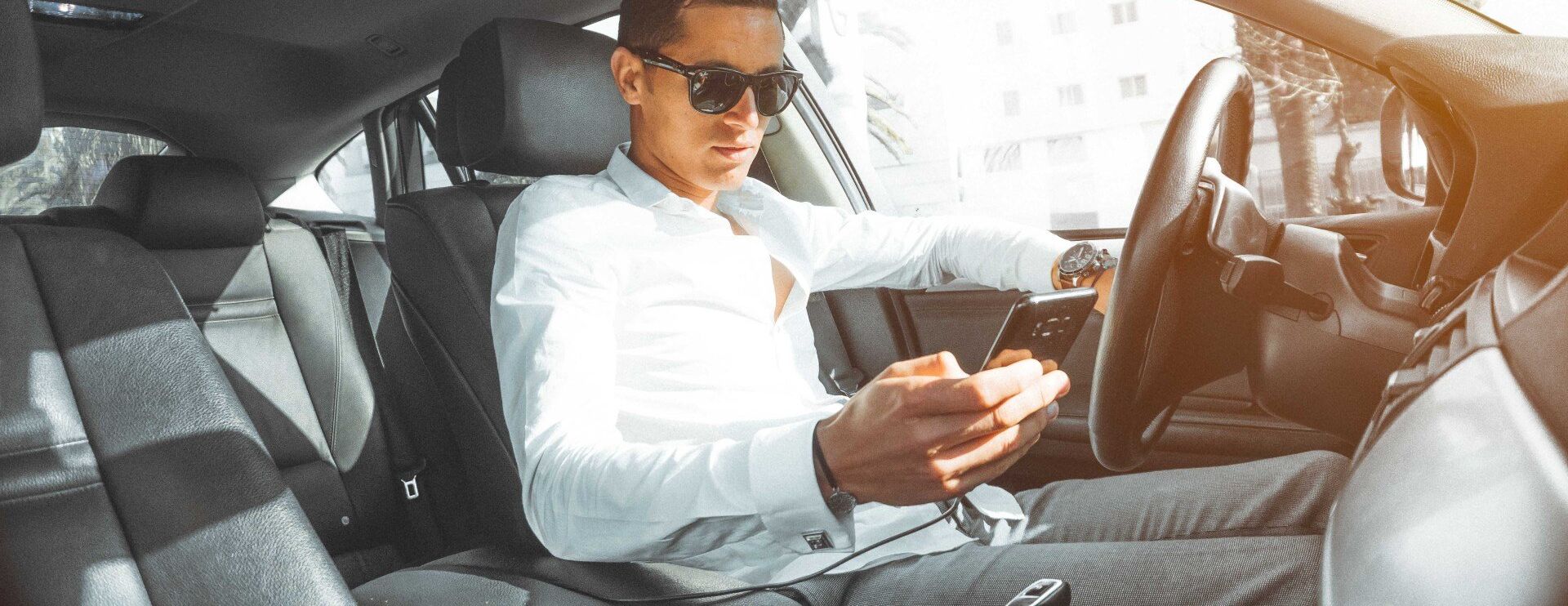
Responsibly borrowing a friend’s car involves the following steps:
- Establish clear communication and agreement between both parties.
- Ensure the vehicle is well-maintained and safe to drive.
- Follow any specific instructions or guidelines provided by the owner.
- Return the car in the same condition as when you borrowed it.
- Show gratitude and appreciation for the opportunity to borrow the car.
By following these tips, you and friend can avoid potential misunderstandings and issues that may arise while borrowing a friend’s car.
Let’s examine some practical advice for responsible driving of a borrowed car to ensure a seamless experience for both the borrower and the car owner.
Communication and agreement
Establishing clear communication and agreement between the borrower and the car owner is essential to prevent potential misunderstandings or issues when borrowing a friend’s car. Both parties should agree on the following responsibilities and expectations involved in borrowing the someone else's car:
- Having a valid driver’s license
- Understanding the insurance coverage on the vehicle
- Being aware of the risks and liabilities associated with driving the borrowed car
By discussing and agreeing upon these factors, both parties can ensure a smooth and hassle-free borrowing experience.
By clearly outlining these responsibilities and expectations, both the borrower and the car owner can avoid potential disputes and ensure a positive experience when sharing a vehicle.
Vehicle maintenance and safety checks
Before driving a borrowed car, it’s important to perform vehicle maintenance and safety checks to ensure the car is in good condition and ready for use. Inspecting the car before borrowing it allows you to identify any pre-existing damage or problems with the vehicle, protecting both parties from potential disputes or liability in the event of an accident or damage.
Some essential checks include:
- Verifying the tires for appropriate inflation and tread depth
- Examining the lights for proper operation
- Assessing the oil level and other fluid levels
- Testing the brakes for effective operation
By conducting these checks, you can ensure that the borrowed car is safe to drive my car and minimize the risk of accidents or breakdowns.
Summary
In conclusion, borrowing a friend’s car comes with a set of responsibilities and legal implications that both the borrower and the car owner must consider. Understanding the different types of insurance coverage, the responsibilities in a motor vehicle accident, and the importance of having a valid driver’s licence and permission are crucial to ensuring a smooth and hassle-free experience.
By adhering to the tips and guidelines discussed in this blog post, you can borrow a friend’s car responsibly and protect yourself and your friend from potential legal and financial consequences. Drive safe and enjoy the journey!
Frequently Asked Questions
What happens if the person you lend your vehicle to gets into an accident?
If the person you lend your car to gets into an accident, your insurance policy will likely cover the costs as they are the primary insurer. You are legally responsible for any negligence and may be held accountable if your claim is denied, leaving you to pay for the damages out of your own pocket.
What happens if driver is not listed on insurance?
If a driver is not listed on the insurance company or policy, any accidents they cause will be their responsibility and not covered by the insurance company. This could lead to costly damages that have to be paid out of pocket. Be sure to consider all drivers when purchasing insurance.
Does lend vehicle lend insurance?
When you lend your vehicle, it is important to understand that you are also sharing your auto insurance coverage. Car insurance follows the vehicle, not the driver, so when someone borrows your car, they also borrow your insurance policy. Therefore, yes, lending a vehicle does lend the car's insurance policy.
What is the car owner's insurance policy coverage for occasional driving?
The car owner's insurance policy offers coverage for any accidents or damages that may occur while driving the car occasionally with explicit permission of other driver.
How can I ensure that I am covered when driving a borrowed car?
Verify the car owner's insurance policy, your own insurance coverage, valid driver's licence and permission from the car owner to drive their vehicle to ensure you are covered when driving a borrowed car.
Let's talk about your case
You can schedule a call with one of our lawyers anytime. Call today and get the help you need.
Or fill out our online form, and we will respond within 24 hrs.
Thank you for contacting us.
We will get back to you as soon as possible. You can also book using this link: Personal Injury Booking Page
Please try again later
Related Blog Posts
Practice Areas
QUICK LINKS
CONTACT US
Tel: (613) 505- 5025
Fax: (613) 234-5852
info@wvgblaw.com
200-2571 Carling Avenue
Ottawa, Ontario
K2B 7H7
SERVICES
RECENT BLOG POSTS










